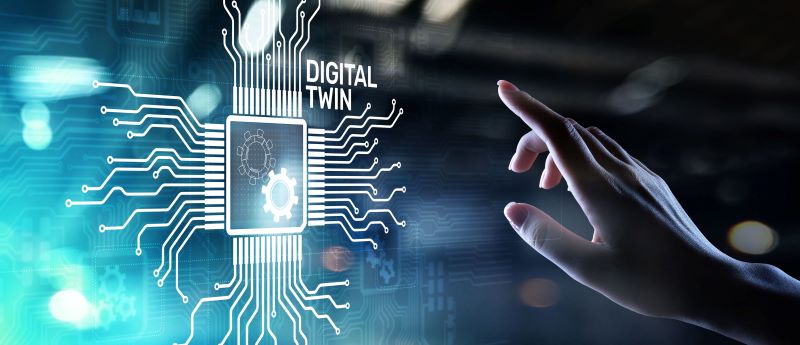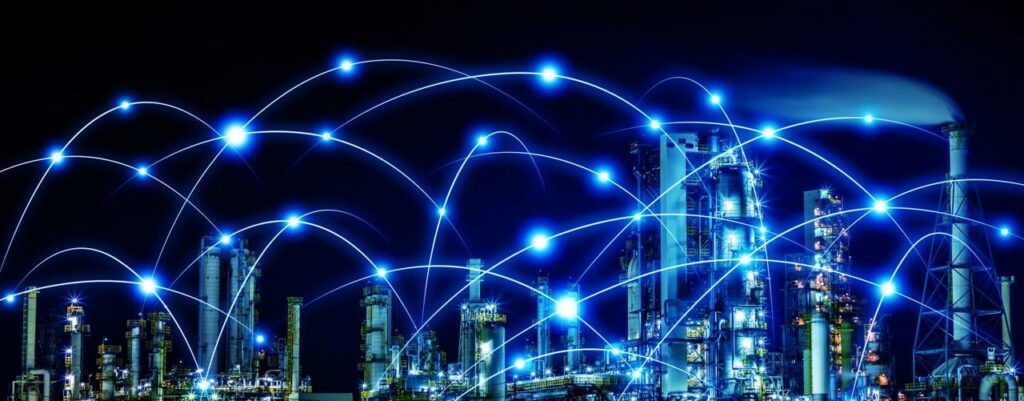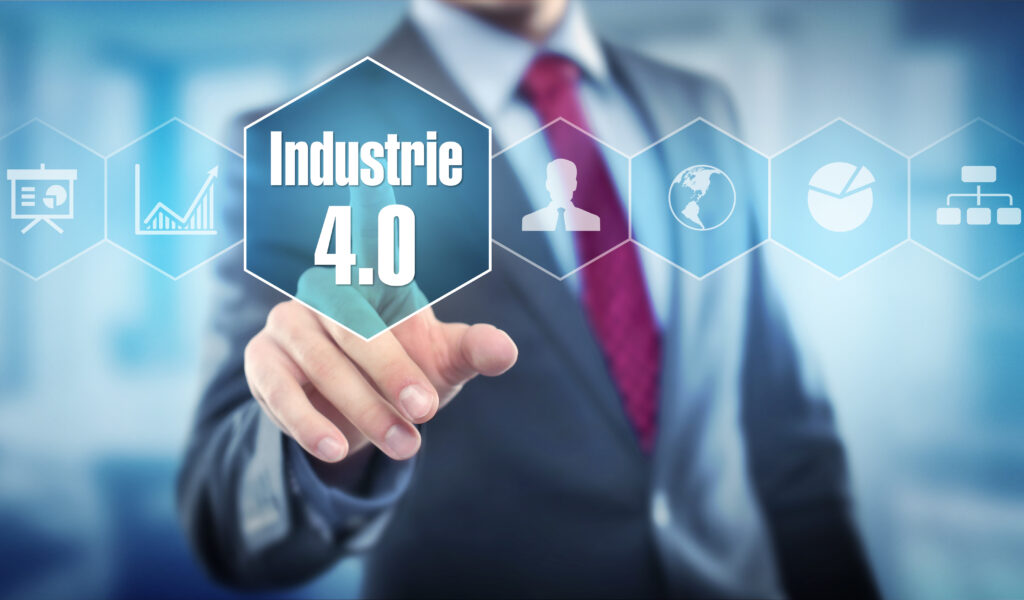Wait, didn’t the Digital Twin already exist?
Ten years ago, I worked for an EPC company that designs and fabricates FPSO topside modules. I had the chance to experience multiple types of software, including CAD, EDMS, process simulation software, and 3D modeling.
During the work, my team and I needed to know what we had designed using the process simulation software that shall convert into the final physical topside module in the fabrication yard, with the right amount of E&I, piping, equipment, and structure. All the information needs to be propagated from design drawings to the final product. The catchphrase “Single version of Truth” was not famous during that time.
After that, I moved to an industrial solution software company for close to 8 years. I saw first-hand how oil and gas operators defined the data hierarchy, setup data management, and build the visualization dashboard to display the critical business KPI.
How each of the production unit and equipment units I had helped to design and construct, was now filled with the live stream of data. The data were flowing in and out of the equipment like blood flowing through our vein.
Fast forward to the Year 2020 and “Digital Twin” becomes a household name in the world of Industry 4.0. I often receive the question: “Do you have a digital twin solution?”
At the back of my mind, I wondered “What are the differences I am offering to my customers in the so-called Digital Twin solution, compared to what we already have in the industry 10 years ago? Where is the added value?”
What the Digital Twin is not
But instead of defining what a Digital Twin is, I want to start with what it is not.
A Digital Twin is not
- about rendering your plant CAD drawings into a 3D model
- just a dashboard that shows a real-time process data of your plant
- just deploying AI algorithms so you can magically ignore and get rid of the first principle of engineering
- just sending an alert to your email or phone when there is an abnormality detected
- just a simulation software that can run what-if scenarios; you can even do sensitivity analysis on Excel if you want
So, what exactly is a Digital Twin? Is it just a marketing buzzword? A catchphrase that is being rebranded? Or a mix of all the conventional industrial terminology that was popular once?
What is a Digital Twin?
Whenever I am asked to present a Digital Twin solution, there is no standard PowerPoint deck or one size fits all solution. Nowadays, I am surrounded by a team of SMEs with different expertise and domain knowledge. We will collaborate and spend sufficient time to fully understand our clients’ needs, requirement, and their vision of a digital twin.
For us, a Digital Twin is a virtual copy of a device, system, human, or process representing the actual physical performance.
A Digital Twin can represent everything from equipment to your plant to the most extreme spectrum of “twinning” your entire value chain. In upstream, for example, this could mean an integrated asset monitoring from well production to the performance of individual equipment units, from a subsurface model, production model to the economic model.
[ot-video][/ot-video]
Benefits of a Digital Twin
A Digital Twin is only as good as the value that we want to get out of it.
This Digital Twin can be used for simple predictive maintenance for a pump, to address the complexity of feedstock selection, energy management, quality, or help in deciding the optimal way to fulfill your customer needs.
It can also be a process simulation model, and more, e.g., integrates P&ID, datasheet, real-time data, 3D model, and the whole business value chain seamlessly. It is done by applying our principle of “One Model, Many Uses”, which allows the same model can be used in multiple ways, including production prediction, AR/VR, operator training system, and many more.
At Yokogawa, we understand what the key ingredient to building a successful Digital Twin is the accurate and meaningful data flowing through it. To achieve this, we brought in years of experience industrial automation, domain knowledge, ISA95, system architecture, and experience in the numerous IT/OT convergence projects.
The data that completes the Digital Twin is not just coming from traditional structured data, such as a plant information management system. Sometimes, it can be unstructured data, log, work order, reports, or even raw IoT Sensor data. For equipment that doesn’t come with sensor data, we address that by deploying our IoT Sensors, such as Wireless Sushi Sensor or through Operation Management application for operators to capture data on the go. Inferential capability is another way to predict data if sensing is not possible.
We integrate all information and allow you to perform a search like how you use Google to find any info, trend historical data, run what-if scenarios with a couple of mouse clicks.
When we put all this information on a cloud or centralized physical location, what you start to get is the concept of the Remote Operation Center or the Integrated Operation Center.
The possibilities are just endless, and we are just scratching the surface of the possible implementations your Digital Twin can be.
How do I start looking for a Digital Twin?
Like everything in life, there is a rhyme and reason for everything. So, let’s start with WHY first.
When you are embarking on a Digital Twin discussion, instead of asking “What”, you should ask: “Why”. Why do you even need one?
What problems are you trying to solve using a Digital Twin? Are these unable to resolve with what you already have in your organization?
Conclusion
It is critical to ensure the Digital Twin partner you intend to work with does not only know how to create a sexy dashboard. They must have “been there, done that”, possess the domain knowledge about the complexity of IT and OT convergence.
They also need to know all aspects of how to measure, collect, automate, organize, integrate, analyze, and display the data (using the latest technology, including AI).
Only then, the Digital Twin can deliver the right information to the right person at the right time for the right purpose.
If you are ready to embark on this journey, then it is time for you to talk to us.




